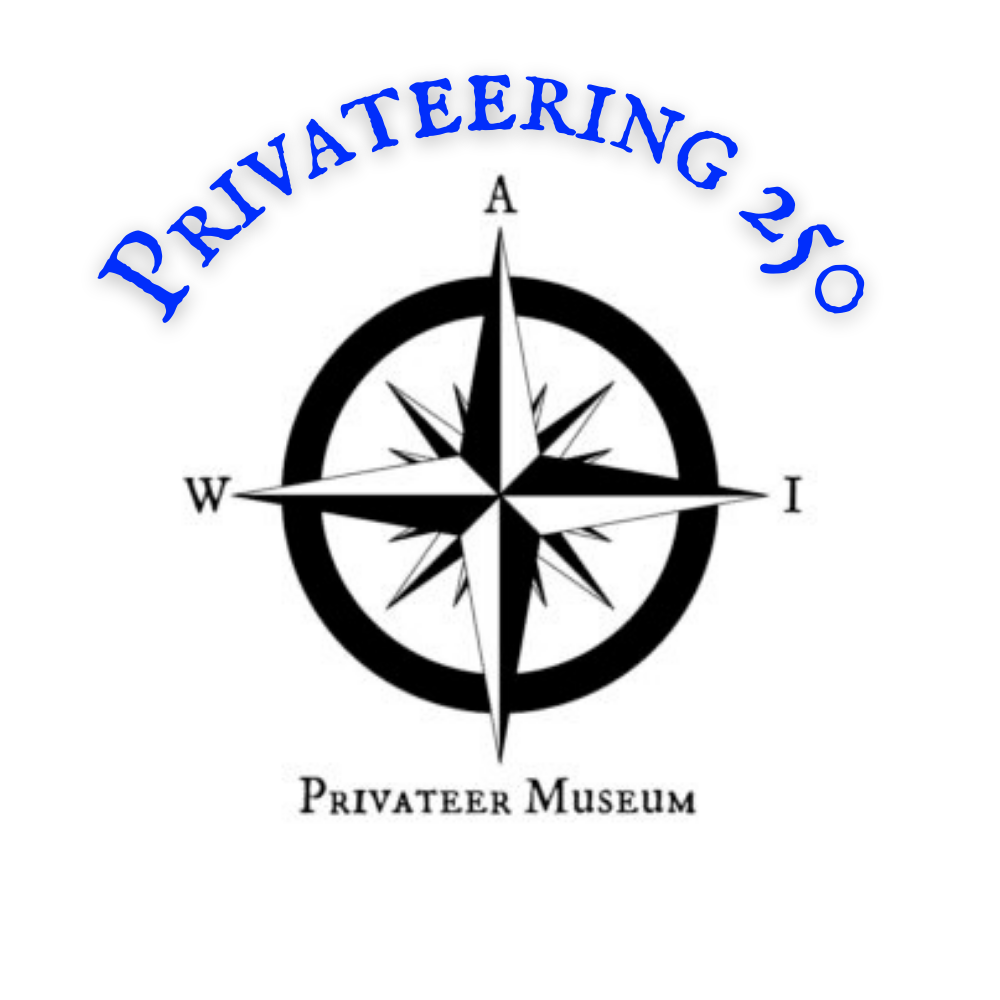**Mature Content Warning**
Please note that this section contains sensitive content related to 18th-century medicine, which may be disturbing to some readers. While we present the information objectively, we cannot adjust our approach online, so we advise caution. We will provide informative details without the graphic descriptions to the best of our ability.

Of course, by today’s standards, 18th-century medicine was barbaric and dirty, especially so onboard ships at that time. Surgeons and doctors did their best when it came down to it if you were lucky enough to have one aboard. Those that didn’t, had to rely on those with a crude understanding of what happens and what is needed till better help can be made available.
Anesthesia would not be invented, or rather discovered and more widely used till 100 years later, but there were very few options for dealing with pain. The most common in surgeries were bits (top row center in the case above) which were made from sticks wrapped in leather that were placed into the mouth to bite down on. Much safer than biting down on a ball (thus the term “bite the bullet”) which could break teeth.
Other items of concern were infection (as antibiotics had not been invented yet) although they did know of a few compounds and treatments that seemed to work in healing if caught early enough. Diseases were also more common as we did lack a general understanding of the basic modern medical knowledge we currently have today.
Those who took on the role of the surgeon or doctor often had to have help to hold down patients, and assistants to help care for the sick and wounded. Often times an apprentice known as a Loblolly or Loplolly boy, was a child that cared for the invalids by helping to change and dispose of bandages, deliver food and medicines, as well as assist those who were “lolly-gagging” about the ship while they convalesced, and they also helped to “lob” the limbs that were “lopped” off overboard before they could rot creating more of an issue to the senses. These assistants often learned about surgery and doctoring and eventually became surgeons or doctors themselves.
It should be noted that the collection above is on loan to us by our ship’s surgeon. Half of what is in the case is reproduction, and the other half is actually from the 1770s. When seen in person we go over these tools more in-depth and even demonstrate how some would have been used at that time.
